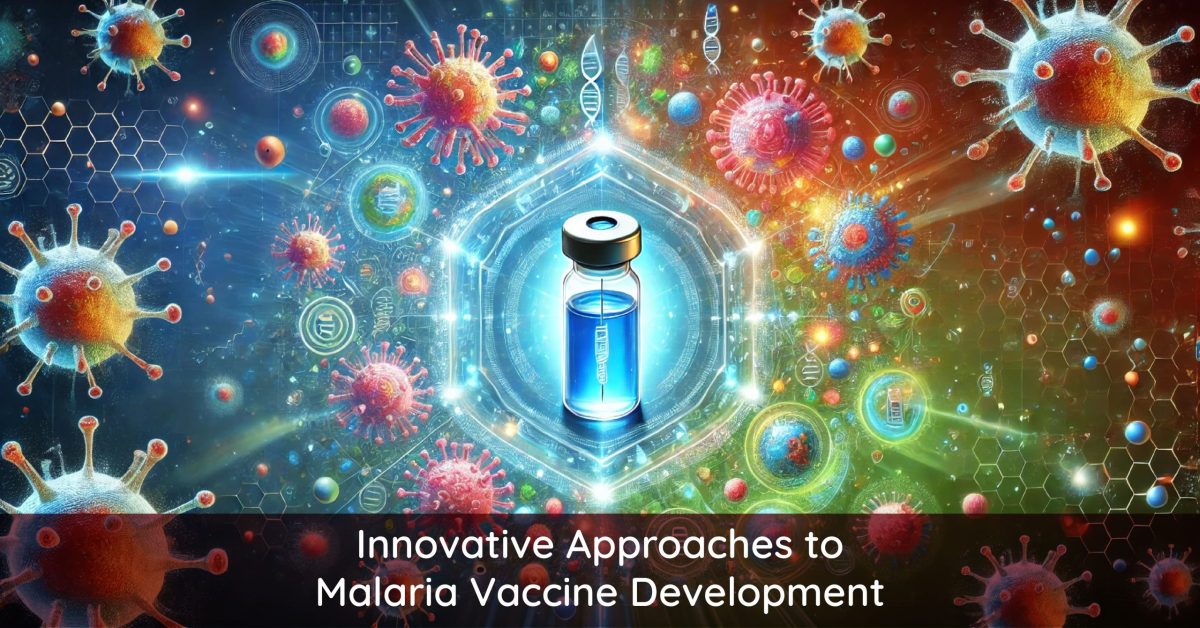Another new idea in malaria vaccine enhancement is the identification of mAbs that target the PfCSP, such as N-terminus cysteine-rich protein. Several studies have discovered high-affinity CSP-specific mAbs with notable tropism for the tetrapeptide junction and minor repeats that are described to be targeted against parasite-neutralizing antibodies. Experiments in which the promoter of the malarial parasite expressing transgenic Plasmodium berghei sporozoites was modified for CSP have shown that targeting those epitopes with mAbs may help in preventing malaria illness. It also helps in the design of the vaccines and offers a direction on how mAbs can be utilized in passive immunization as a means of extending immediate protection to those who are at high risk.
Some of the malaria vaccines under research have been under trial for the long term, and the experiences gained from the malaria patients have aided in understanding the major difficulties and possibilities of long-term protection. For example, an efficacy trial of the RTS, S/AS01 malaria vaccine in African children with a seven-year follow-up showed that early protection against clinical malaria wanes over time and that the negative efficacy is seen in the fifth year for children with very high exposure to the malaria parasites. These facts highlight the need to establish various schedules for the vaccinations, particularly the booster vaccinations that are given from time to time to ensure immunity exists.
Co-administering malaria vaccination with other preventive techniques, for example, SMC, has proven effective in decreasing the malaria incidence rate. A similar study aimed at evaluating the effectiveness of giving RTS, S/AS01, and SMC to children scientifically established that this cross-sectional intervention significantly reduced the incidence of malaria as evidenced by uncomplicated and severe forms as compared to the individual use of the two interventions. This is a perfect combination of vaccination and chemoprevention in which the programs reinforce each other and the effects are doubled; the idea behind this approach could be quite useful in areas with high malaria transmission rates.
Non-conventional research has also centered on identifying the immunologic processes that are involved in immunity acquired from vaccination. This is because research has pointed out certain immunities correlated with protection, like the production of antibodies that trigger effector functions taking place through Fc receptors. These antibodies not only help neutralize the parasite but also help the body get rid of the parasite. When the functional characteristics of protective antibodies have been explained, then researchers can develop better vaccines that stimulate more robust immunological responses.
Another achievement is the emergence of new models to research the liver stage of malaria parasites, where vaccine work is also carried out. The liver stage happens to be the most important developmental cycle where the parasite undergoes multiplication before entering the bloodstream. Mathematically, this stage is hard to model due to the innate characteristics of liver-stage infections and the accessible tissue; however, current research options with in vitro and in vivo models have served to uncover liver-stage biology and eradicate its targets. These models are crucial for ensuring vaccines that offer the prophylactic and radical cure activities that are hard to come by due to the aspect of resistance in the parasites to treatment.
There is therefore a need to understand the level of the community’s awareness and willingness to pay for malaria vaccines before their implementation. Cross-sectional surveys in various regions, such as Ethiopian and Nigerian populations, have determined the caregivers’ WTP for childhood malaria vaccines and factors influencing vaccine acceptance. Altogether, these works draw attention to the need for designing specific strategies for the distribution of vaccines based on the socioeconomic characteristics of populations and conceptions of communities. It is important to be able to extend the vaccine to people of all backgrounds and ages without high costs to maintain a proper degree of coverage and decrease malaria incidents.
